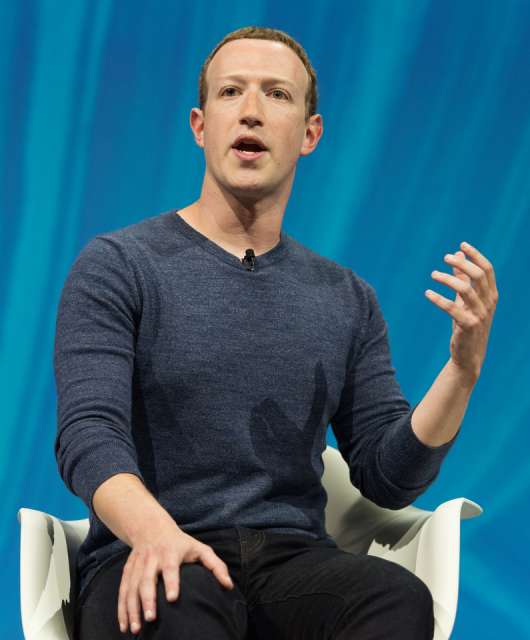Advances in medical health treatments and public health programs are helping people live longer than ever before. The generation born after World War II, known as “baby boomers”, now makes up a significant portion of the world population.
In some countries, like the UK, estimates suggest that the baby boomer generation is growing faster than new babies are being born. In the USA, 45% of the population is aged 50 or over. Which means that the average age of the population is steadily increasing.
This is important because there is a common misperception that older people struggle with technology. As a result, most new technology developments are targeted at younger customers.
Why older people don’t use new technology
The reality is that given the right training, older people are perfectly capable of using new technology. The surge in Facebook sign-ups by the over-50s is clear evidence of older people adopting a product that many assume they could not use.
The difference between technology use by the young and old has a relatively simple explanation; almost all new technology is designed for use by younger people. Designers and manufacturers are deliberately ignoring the over-50s when creating new products and services. Quite logically, older people choose not to use products that have nothing to offer them.
Manufacturers are missing a big opportunity
By targeting products at younger people, businesses are actually reducing their potential customer base by almost half. Where products have been designed for older users first, manufacturers have seen sales increase across all age groups.
Take the motion detection system designed by engineers at the Massachusetts Institute of Technology which is specifically designed to “see” when older people have had a fall in their homes. Using wireless signals, the system can monitor a person’s movement in their home, and alert friends and family if they fall over.
This technology is aimed at the elderly, but it has applications in other areas that benefit everyone, like burglar alarms or nanny cams. Again, the issue is not that old people won’t use technology, but that technology explicitly ignores them.
Helping older relatives online
Going back to the example of Facebook, older people have discovered it is a great tool for staying connected to their friends and family. Social networks give them a glimpse of people they don’t see as often as they would like.
As the baby boomer generation “catches up” (and manufacturers begin to create services better suited to their needs), we should expect to see them using more technology every day. But just as they need help to get started, most older people will also need advice about how to use technology and websites safely.
To make the process of training older people in cybersecurity easier, Panda Security has put together a handy guide here – How to protect the elderly online. And you can start protecting them now by installing a free trial of Panda Antivirus Protection on their computer today.






12 comments
As far as I can tell, it is only a matter of an open mind. I have to admit – it might have taken a little bit longer for my grandma (well, quite a bit longer) to learn how to use the potential of a smartphone, but because of positive approach and an actual will of learning, she did nevertheless 😉
Hello!
It is very important to have the positive approach that you mention and the willing to help them. Your grandma must be pround of her grandkid!
Thanks for reading us!
Kind regards,
Panda Security.
How can we really prevent viruses from getting into amd processor and Intel processors and from getting into our setting areas that are not hard drive or systems and memoryies in the computers and f1 areas
Recent Apple iPad ad:
Mom to daughter on iPad: what kind of computer is that?
Daughter, maybe 15: what’s a computer?
That’s the new generation.
My Mum was persuaded to learn her way around a laptop when she was told that pictures and videos could be sent to her. She was 83 at the time. She set it up on the tea trolley!
We found that navigation, advert loops, pop-ups, would block her progress and she would get frustrated and leave it till someone came round.
We got her a Kindle Fire, which had email and browser and books plus she could use it from her armchair. She liked that very much.
Mum died 2 months ago. Mum, you always had an interest in life and new things. Miss you.
We are very sorry about your loss.
However, we should take your mom’s life as an example. Be always willing to learn no matter how old we are.
Thanks a lot for sharinf your story and for reading us!
Kind regards,
Panda Security.
It was very interesting, I believe that old people should also benefit from the internet services. it is a big opportunity for IT companies to make their products as simple as possible to persuade older generations to use them.
Glad too be one of many visitors on thiss awe inspiring website :D.
thanks
Thanks for reading us Harry!
Kind regards,
Panda Security.
It is correctly analyzed that not only old but older are very eager to adopt facebook and whatsapp. Though this older generation having difficulty in sending the e-mail, sms. They also face difficulty in using cashless, ATM, online operations for want of securities. One more difficulty is facing towards language and it’s translation.